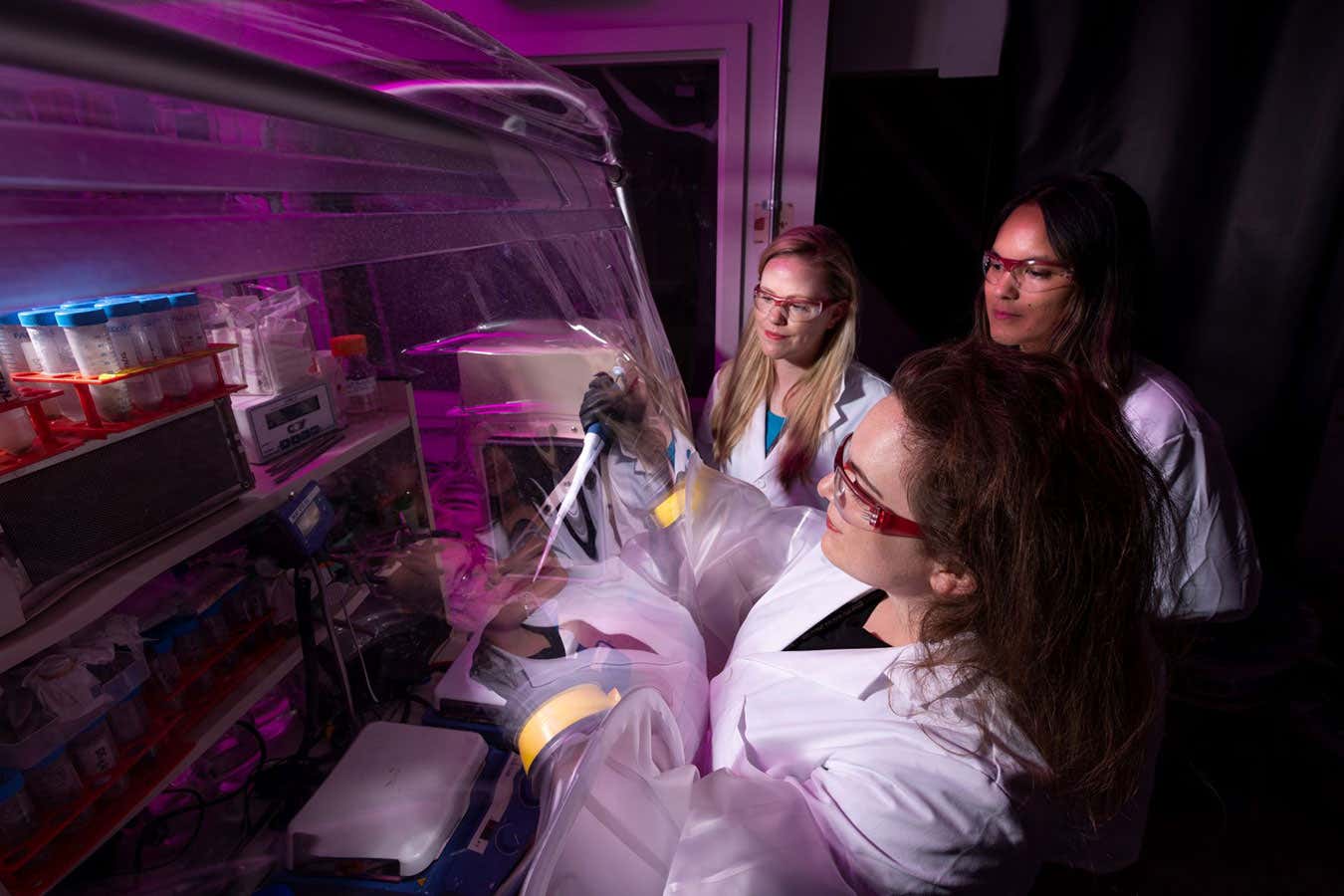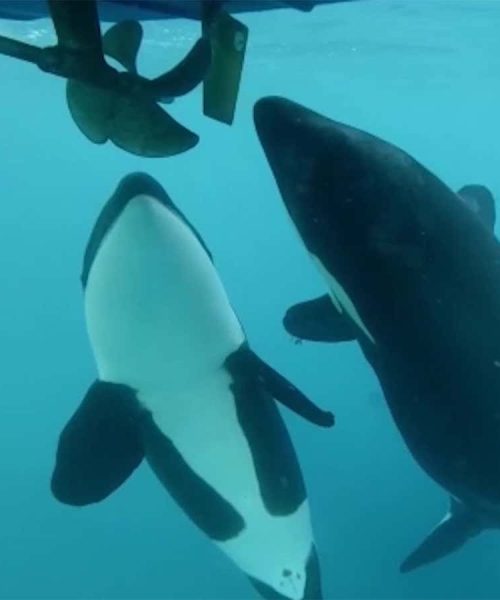
The Origins and Habitability Lab at NASA’s Jet Propulsion Laboratory in Pasadena, California, is a testbed where geologists, biologists, chemists and engineers come together to understand how geological conditions might impact life in environments such as those on early Earth, Mars and the icy moons of the outer planets, as well as on exoplanets. “A lot of the work that we do is trying to understand how life gets started on Earth,” says Laurie Barge, co-lead at the lab, “but also if any of that could apply to life getting started elsewhere, like on Mars or on Jupiter’s moon Europa.”
Later this year, NASA’s Europa Clipper will launch, travelling to Jupiter’s fourth-largest moon, Europa, an icy world with an ocean up to 100 kilometres deep. This, in addition to hints of geophysical activity and complex chemistry, is why Europa has captivated astronomers searching for habitable worlds beyond our pale blue dot. So could Europa have the conditions for life? The probe has some of the instruments to find out. And this is where lab work on Earth can help.
As missions like this progress, learning about distant environments and the processes at play, lab work can simulate those environments and test specific reactions to better understand what is going on. “On a mission, you see a signature on a planet, but you don’t necessarily know where it came from,” says Barge. Efforts back home can help interpret that signature. “By comparing to the mission data, you can get a better understanding of what we’re observing on these other worlds,” she says.
Topics:





